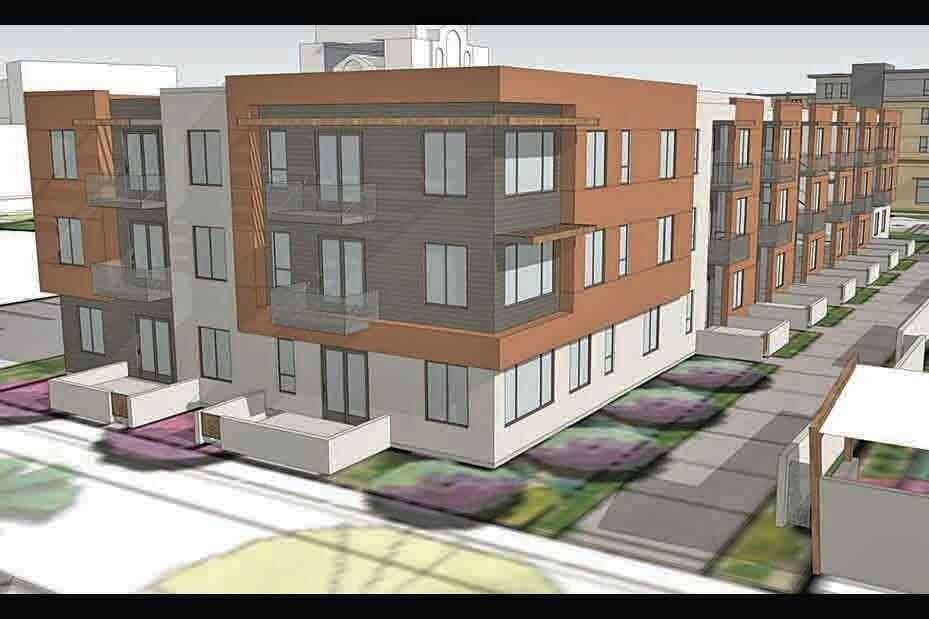 Gary Nelson can sure spin a slippery and lofty story, with little to tell about its toxic 85-year history as Brown & Brown Chevrolet that generated tons of sales tax revenues before they got a better offer to abandon downtown leaving a Brownfield behind.
Gary Nelson can sure spin a slippery and lofty story, with little to tell about its toxic 85-year history as Brown & Brown Chevrolet that generated tons of sales tax revenues before they got a better offer to abandon downtown leaving a Brownfield behind.
Specifically, the report said:
• The project is projected to generate $8.8 million in revenues to local and state governments between 2022 and 2030. This would significantly eclipse the $5.1 million in tax abatements offered under the GPLET.
• Mesa is expected to reap $1.5 million in direct revenues from the project over that same span, more than offsetting the $465,000 it would lose in property taxes.
• The commercial portions of the project could generate $63.9 million in various economic benefits to Mesa by 2030, with 95 jobs created in retail and restaurant venues.
Mindful that the deal could negatively affect school revenues, the developer has agreed to pay just over $200,000 to Mesa Public Schools, Maricopa Community Colleges and the East Valley Institute of Technology. That sum represents what the districts would have received in property taxes were the site to remain vacant for the next eight years.
Mesa’s deal with Opus requires that the company:
• Build 389,000 square feet of market-rate rental property in 334 units that include live-work townhomes, one- to three-bedroom units and studio apartments.
• Provide a 6,200-square-foot clubhouse with a pool, spa, fitness center and other amenities.
• Build 25,000 square feet of ground-floor commercial space on the north end of the two buildings that will front Main Street.
Provide central thoroughfares with north-south and east-west public access through the project, and a 3,300-square-foot landscaped pedestrian plaza on the north end. Permanent easements will protect these public areas in perpetuity.
There is a potential for a Phase 2 within five years of completion, which would add buildings in what initially will be parking areas on the east and west sides of the development.
The amount of commercial space in the project created some concern among City Council members during their Feb. 25 study session. . .
Mayor John Giles praised the Opus project during the Feb. 25 meeting.
“I feel for the developer,” Giles said. “It’s tough to develop a project that’s literally outside the window of the entire City Council and on such a strategic piece of property that we all have so much affection for.” 
He added, “We’ve been talking about this project for years. I’m very proud of what we see here today. Is it perfect? No – but it’s pretty good.”



No comments:
Post a Comment